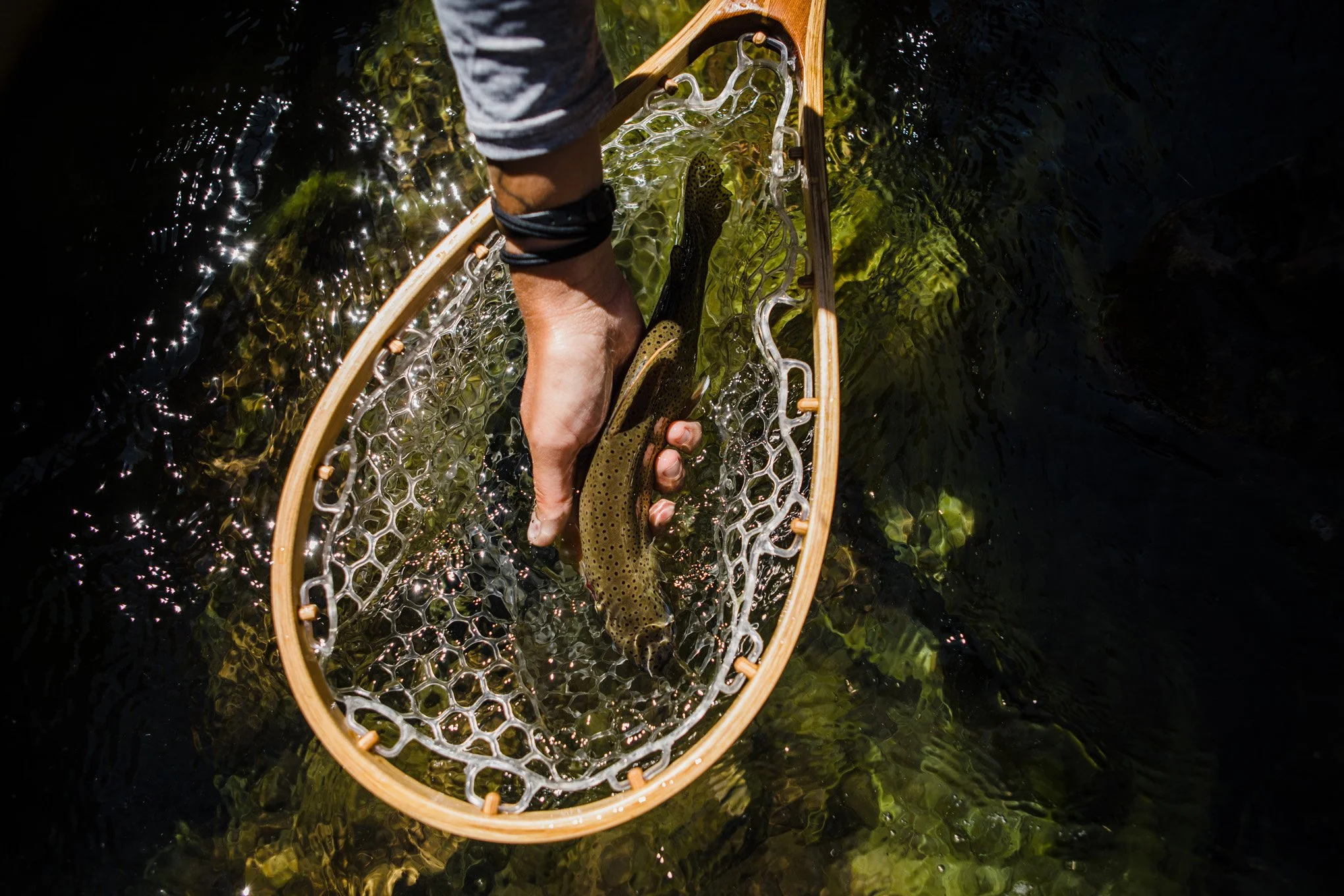Out of the Frying Pan and Into The Fire
The week or so that we spent in Colorado was nothing short of a fishing paradise. But now we were about to embark on a week of no fishing at all, which to be honest was a welcome change. Don’t get me wrong; we love fishing more than most folks, but the pressure to constantly be catching and filming fish can take its toll without ample time to recharge. Lugging bags full of camera gear and tripods up and down the riverbank can grow tiresome in a hurry, so the idea of some hikes and sight seeing opportunities without the need to “produce fish” was just what we needed. With considerable hesitation, mostly due to the unwelcoming one-hundred-plus degree heat, we were heading into Utah to try and tackle a handful of National Parks. And before I go any further—yes, I know there’s a gazillion world class fishing opportunities in the state of Utah, but as aforementioned, we were on a vacation from trout.
We made good time from Carbondale to Moab, arriving mid-day were we were immediately met with a wall of nearly unbearable heat. Like many Vanagon owners, we run a rig without AC, and we are firm believers that the experience of baking in the desert in a slow, hot, tin can is something everyone should experience at least once. With rags dipped in ice water slung across our necks, we ascended the entrance to Arches National Park with wide eyes and dropped jaws. As if the view of the Moab fault wasn’t enough, the reveal as we crested the hill and the parks famous “fins” came into view was nothing short of breathtaking. Neither of us had ever visited Arches in person, and the photographs we’d seen couldn’t possibly do justice to the immense scale of the formations there.
Geologists tell us that the area around Arches was once a vast ocean, which slowly evaporated millions of years ago, leaving behind enormous salt deposits. Several more million years of sediment was subsequently layered on top of the salt, which, being inherently unstable eventually collapsed, leaving behind only the strongest sediment deposits in the form of giant fins. Several million more years of wind and water erosion and those fins were cut into spires and of course, its famous arches. Viewing the formations with this information in mind is enough to make your head spin. Millions of years of geologic activity is on display all at once, and yet, seems to stand perfectly still. The truth is, that millennia after we are all gone, the arches and fins and spires will continue to erode until they are nothing more than grains of fine sand, blowing across the arid, red, desert. In a world of turmoil and uncertainty, that is one thing of which we can be absolutely sure, and if that isn’t a comforting thought, then I don’t know what is.
In an attempt to beat the heat we decided to get up before sunrise, and do some hiking while things were still reasonably cool. We could barely sleep anyway, since temperatures in the van were hovering around the high eighties at night. We caught the sunrise at Morning Glory Arch just outside the park, then continued on to Canyonlands, where the sights seemed to grow more spectacular by the second. Maybe we caught the park on an off day, but for whatever reason the place was nearly deserted. Arches had been full of visitors, but nearby Canyonlands seemed almost empty. It was a welcome change of pace, and we spent the better part of two days sitting on the edges of vast canyons, watching giant thunderheads build in the distance as they made their way across the plains. The views of the canyons are almost surreal, and I couldn’t help but feel like I was looking at an old matte painting from a science fiction film.
We experienced the sunrise over the park one morning, and after shooting some timelapses we made our way out, before the weekend crowds could show up and sully our experience of the quite alien landscape. We were dipping down into Arizona next, before returning back to Utah to visit Zion National Park. We’d made a somewhat reluctant decision to drive to the Grand Canyon, which, to the best of our knowledge was going to look something like Canyonlands, but with about 100,000 more people around. We certainly never expected it to be one our favorite places on our travels so far…























